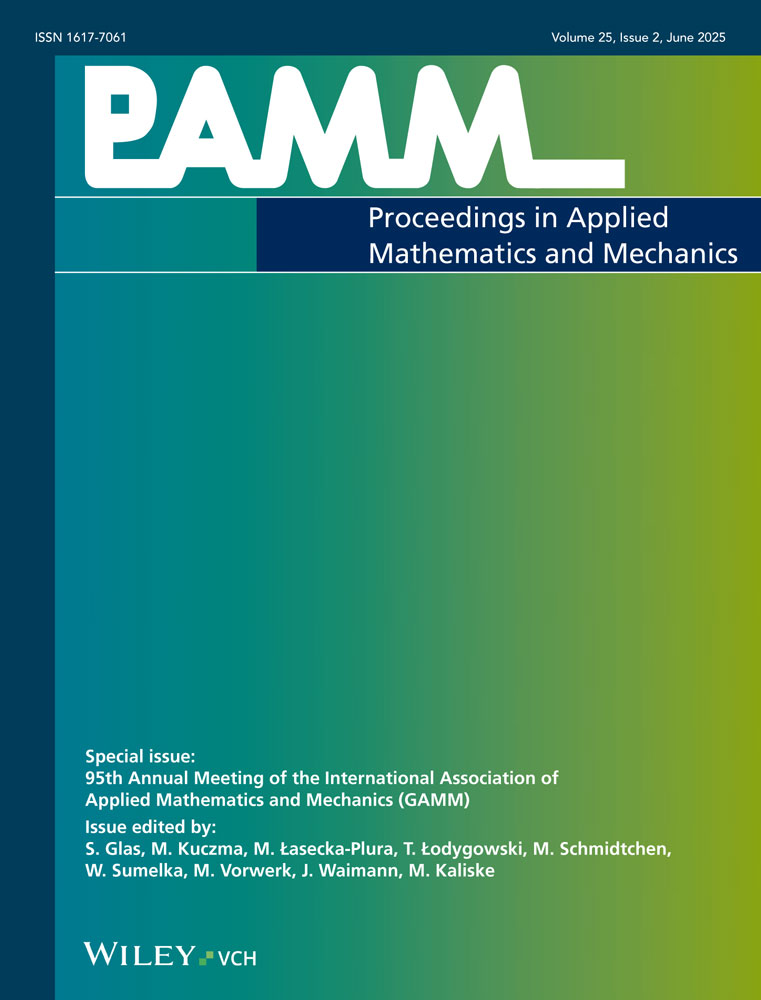Computational Homogenisation using Reduced-Order Modelling applied to Hyperelasticity
Abstract
Within this study nonlinear reduced-order modelling for hyperelastic material is applied for the boundary value problem on the micro-scale which arises in the context of computational homogenisation. This involves the Proper Orthogonal Decomposition and the Discrete Empirical Interpolation Method for the nonlinear term. Considered error measures are the errors of the displacement field, the averaged stresses and the effective elasticity tensor. (© 2016 Wiley-VCH Verlag GmbH & Co. KGaA, Weinheim)




